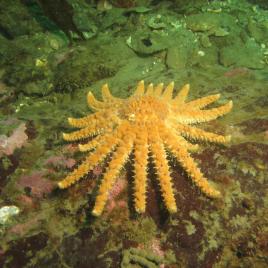Sea star wasting disease has caused the disappearance of numerous sunflower sea stars from the Salish Sea off the coast of British Columbia and Washington state. The disease, which broke out in 2013, has caused population declines in several species of starfish. A new study out of University of California Davis warns of the severe […]
Stuck in small spaces: Confinement helps stem cell organization 
You know that unpleasant feeling of the rush-hour commute, when you barely have any breathing room? Turns out that for stem cells, such tight spaces are a catalyst for sophisticated organization. As a team of researchers in Ottawa found, being packed like sardines helps stem cells organize into structures crucial for early mammalian life. Authors […]
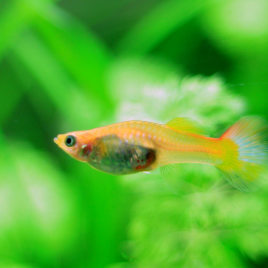
Introducing guppies for mosquito control risks harming biodiversity 
Guppy fish were introduced in several cities as a way to combat carrier mosquito populations from spreading the dengue fever and the Zika virus. But new research out of University of Victoria recommends against this practice. Authors outline four arguments to support their reasoning. They say there’s limited evidence supporting the effectiveness of guppies as […]
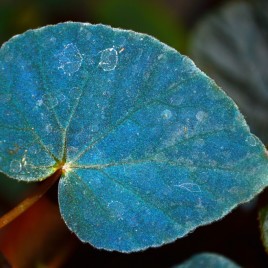
Plants get the blues to survive
Vivid blue colours of plants like the various species of Begonia aren’t just for show, they are also a sophisticated survival mechanism. New research out of University of Bristol shows that the plants’ blue colour indicates the presence of specialized chloroplasts in the surface layers. Blue plants are designed to process sunlight five to 10 […]
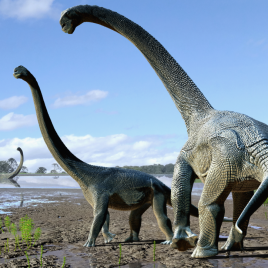
100-million-year-old fossils shed light on the arrival of titanosaurs in Australia
Two specimens from the Late Cretaceous period, described in a paper published in Scientific Reports, can shed light on how large herbivorous dinosaurs with long necks and tails arrived in Australia. Stephen Poropat and colleagues describe two species of Australian sauropod, remains of which were found in the Winton Formation of Queensland, northeast Australia. The […]
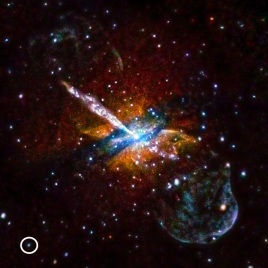
Enigmatic X-ray flares seen outside the Milky Way 
Two new sources of X-ray flares have been observed in galaxies near the Milky Way. While the nature of the X-ray bursts is uncertain, they are unlike any known object in the Milky Way and, as researchers note, seem to be located in old populations of stars. Another distinguishing factor for these mysterious flares is […]
Determining waiting time for emergence of infectious disease
Predicting emergence or re-emergence of infectious disease—such as MERS-coronavirus, measles, or pertussis—can be a challenge, since the outbreaks don’t happen as soon as theoretically possible. There can be a substantial waiting time between suitable conditions for an outbreak and the outbreak itself. A team of scientists at the University of Georgia has derived and tested […]
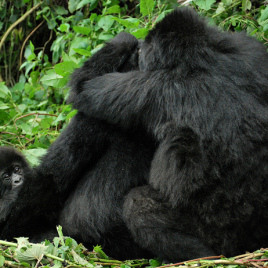
Gorilla moms may be responsible for differences in social organization between species
Social organization of gorillas has been helpful to explain the evolution of human behavior, but these structures vary among gorilla species. A recent study outlines different parenting styles among mothers in various gorilla species. For example, female mountain gorillas remain with their sons significantly longer than western gorillas. The presence of the mother might reduce the […]
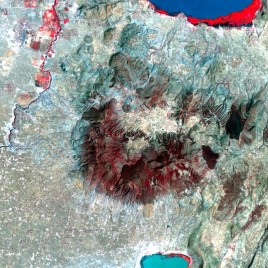
Early human evolution affected by volcanic activity in Ethiopia
A large pulse of volcanic activity in Ethiopia may have effected a major change in early human evolution. Authors of a new study, published in Nature Communications this week, have reconstructed the history of volcanic activity of a 200-kilometre segment along the East African Rift System. Their findings suggest a burst of highly explosive volcanism […]
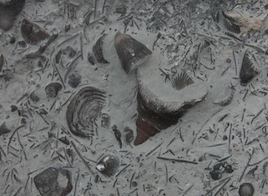
Fossil data can provide warning for the risk of extinction
There are numerous contributing factors in the extinction of ocean dwellers. These causes can be difficult to assess in a timely manner. A new study uses fossil data to establish a strong association between the history of geographic distribution of marine species and their extinction risk. Kiessling and colleagues suggest using fossil occupancy trajectories to […]
Mouse pups born out of lab-grown eggs for the first time
Japanese researchers have successfully produced functional mouse eggs entirely in cell culture. For the first time, Katsuhiko Hayashi and colleagues generated mature egg cells using pluripotent stem cells derived from both embryos and adults. The team subjected the new egg cells to in vitro fertilization to develop embryos, which were then transferred into surrogate mice. Some […]

Stones broken by wild monkeys add an edge to early-human tool use theories
As seen in the video, wild bearded capuchin monkeys also adopt a stone-on-stone percussion technique to produce stone flakes similar to early-human stone tools. Broken stones with distinct sharp edges are thought to be a precursor to more sophisticated tool use by early humans. However, a recent Oxford study found that sharp-edged stones may not […]
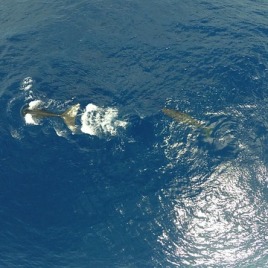
Vocal dialects of Galapagos whale clans offer a look into the structure of animal societies 
Vocal dialects of sperm whales living near the Galapagos Islands have undergone a complete turnover in the last 30 years. The change is due to a migration of different sperm whale clans: two whale populations with distinct vocal dialects populated in the area in 1980s and the 1990s, and were then replaced by two other […]

Eyesight sharpened in the blink of an eye 
The next time you reach for your reading glasses, try this weird trick instead: staring at a flickering display. Researchers at Western University found that staring at a series of flickering images can help temporarily sharpen vision. This is due to the decreased activity from the visual pathway responsible for carrying less detailed visual cues […]
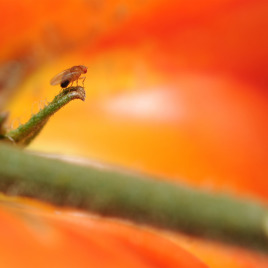
Sexual selection drives fruit fly mega sperm
Male fruit flies have super-sized sperm, making them an evolutionary anomaly. Now, researchers have determined why their “little swimmers” aren’t so little. Sexual selection typically favours organisms that produce a large number of small sperm instead of those organisms which invest lots of resources into a small number of large sperm. However, the sperm of […]
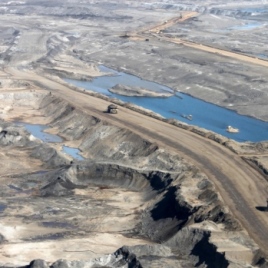
Canadian oil sands mining has strong impact on aerosols 
Oil sands are one of the largest sources of anthropogenic secondary organic aerosols (SOAs) in North America. SOAs are a component of atmospheric particulate matter, and are known to affect air quality and influence climate. A new study, which combined aircraft measurements, lab experiments, and computer modelling, found that oil sand extraction operations are directly […]
